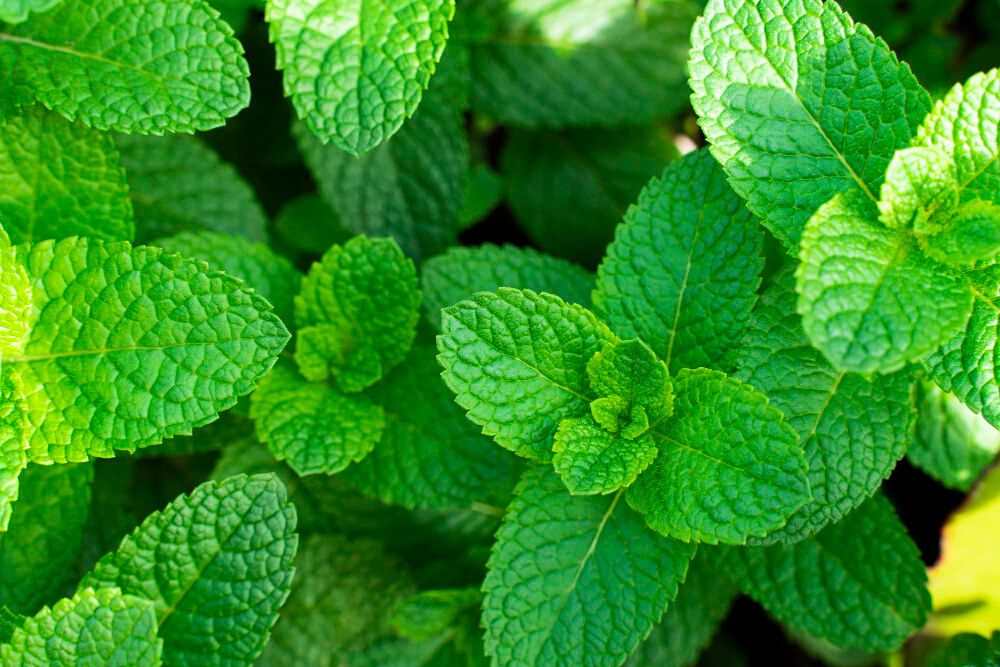Peppermint is one of the most popular herbs used today, and it becomes most apparent each year when the holidays roll around. As cooler weather descends, people all over the globe are bombarded by peppermint; peppermint mocha, peppermint bark, candies, canes, and the list goes on and on. It comes in a wave of ever-rising commercial sales. But why is peppermint wanted year after year?
As the “pumpkin spice of winter”, peppermint (Mentha piperita) is a naturally occurring hybrid of watermint (M. aquatica) and spearmint (M. spicata). It grows wild in moist areas throughout Europe and North America. Peppermint contains volatile oils and other constituents. One component is menthol which gives a cooling sensation; this is one reason peppermint can help with indigestion after meals.
Additionally, it can help to;
- Ease breathing, peppermint is a common ingredient in cold medicines worldwide
- Decrease muscle spasms, as an essential oil, it can be mixed with a carrier oil and applied directly to the skin to help with muscle spasms and pain
- Soothe headaches by adding a few drops to a bath
- Research into how peppermint may also be antispasmodic and antidiarrheal is underway but looks promising
Even though peppermint is a star herb of the winter seasons, its usefulness applies year-round. Peppermint leaves can be added to soups or rice on warm days to help cool down the body. Due to its high demand and increasing applications, world peppermint production is not looking to slow down anytime soon. However, the quality of peppermint is slowly decreasing due to double harvesting. This occurs when farmers encourage plants to grow faster so they can be harvested twice in a season. Such practices lead to rootstock depletion and a decrease in leaves on each plant; meaning more plants must be grown to make up the now-created leaf deficit. To combat this, you can grow your own peppermint in a raised flower bed or pots. Peppermint grows and spreads easily, so container gardening is best to prevent its rapid spread.
Resources:
Engels, Gayle, Meredith Podraza, and Adrian Sierant. 2006. “Peppermint.” HerbalGram; September, 72: 3. https://search-ebscohost-com.grcc.idm.oclc.org/login.aspx?direct=true&db=awh&AN=23154093&site=ehost-live.
“Peppermint Oil for Migraines: Does It Work?” 2017. Healthline. Updated March 12, 2019. https://www.healthline.com/health/migraine/peppermint-oil-for-migraines.
Spirling L.I., I.R. Daniels. 2001. “Botanical Perspectives on Health Peppermint: More Than Just an After-Dinner Mint.” JR Soc Promot Health, March, 121(1):62-3. doi: 10.1177/146642400112100113. PMID: 11329700.

